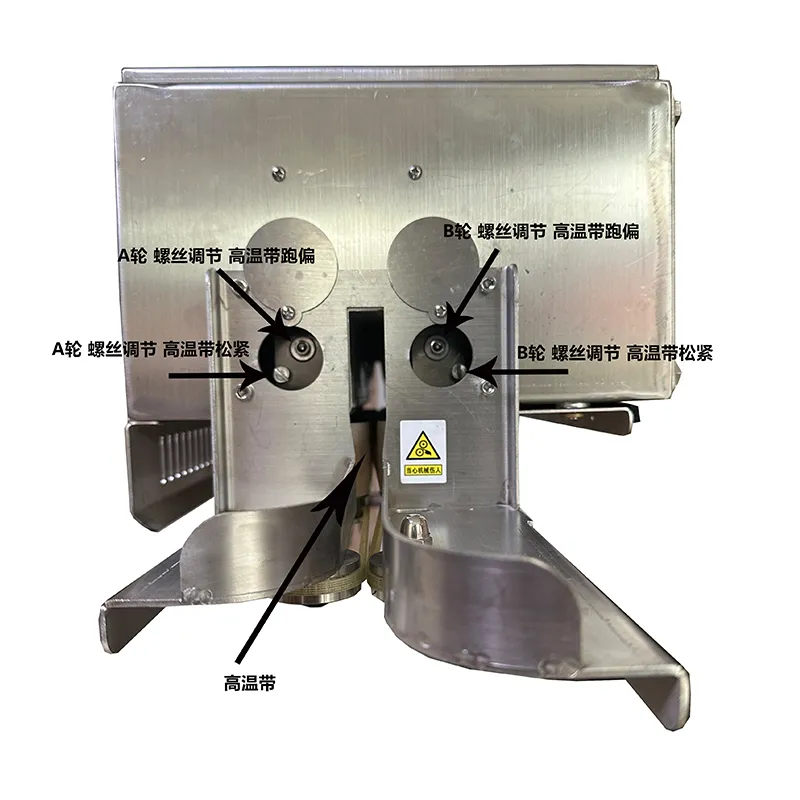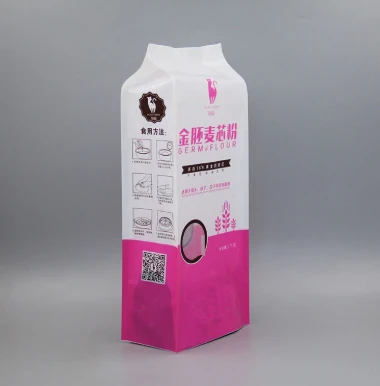This article explores the critical aspects of vacuum packing technology for industrial applications:
- Understanding commercial vacuum packaging fundamentals
- Key technical advancements in material engineering
- Performance comparison of leading manufacturers
- Customization solutions for specialized requirements
- Industry-specific application case studies
- Optimizing operational efficiency in food processing
- Future development trends in commercial vacuum sealing

(commercial vacuum pack bags)
Fundamentals of Industrial Vacuum Packaging Solutions
The foundation of effective food preservation lies in advanced commercial vacuum pack bags
. These specialized barriers prevent oxidation and bacterial contamination, extending product shelf life by 3-5 times compared to conventional packaging. Industrial operations handling meat, cheese, or seafood require puncture-resistant materials capable of withstanding high-speed automated packing lines. The barrier properties of these solutions directly impact waste reduction, with facilities reporting 15-20% decrease in spoilage after implementation.
Industrial-grade vacuum sealing demands multi-layered construction. Premium commercial vacuum packs typically feature 3-5 layer co-extrusions combining nylon, polyethylene, and EVOH barriers. This architecture maintains oxygen transmission rates below 5 cc/m²/day even under refrigeration temperatures. Food processors consistently achieve 90-120 day shelf life extensions for perishables when combining optimal materials with proper gas flushing protocols, fundamentally transforming supply chain logistics.
Technical Innovations in Barrier Material Engineering
Recent material breakthroughs enhance vacuum packaging performance. Embossed vacuum pack bags feature micro-patterned surfaces that prevent product adhesion while creating optimized air channels. This innovation accelerates vacuum processes by 40% compared to smooth alternatives, significantly boosting packaging line throughput. The embossing technique also increases material tensile strength by up to 35% without adding thickness.
Developments in polymer chemistry now enable manufacturers to produce bags with adjustable oxygen permeability. Modified atmosphere packaging (MAP) compatible films precisely control gas exchange rates between 3-15 cc/m²/day depending on protein type. Progressive suppliers have integrated antimicrobial additives directly into film structures, achieving 99.7% bacterial growth inhibition without surface treatments. These technical advantages make modern vacuum barriers particularly valuable for processors exporting to distant markets.
Manufacturer Capability Analysis Report
| Manufacturer |
Material Composition |
Seal Strength |
OTR Rating |
Production Speed Rating |
Special Features |
| FoodVac Solutions |
PA/EVOH/PE |
4.8kg/cm² |
3.5 cc |
120 bags/min |
Anti-fog coating |
| SealPro Industrial |
PET/PE |
3.9kg/cm² |
8.7 cc |
85 bags/min |
Printable surface |
| VacTech Packaging |
OPP/EVOH/PP |
5.2kg/cm² |
2.8 cc |
105 bags/min |
High-clarity film |
OTR = Oxygen Transmission Rate per m² per 24 hours at 23°C
Customized Barrier Solutions for Industry Verticals
Specialized industries benefit from tailored vacuum packaging configurations. Seafood processors increasingly adopt cross-linked polyethylene films with liquid containment layers that withstand brine immersion. These materials maintain seal integrity even at -40°C deep-freeze temperatures. Meanwhile, cured meat producers require custom-perforated materials that facilitate controlled moisture evaporation during aging processes.
Pharmaceutical applications demand medical-grade polymers meeting USP Class VI certification. Custom formulations eliminate plasticizer migration risks while incorporating tear-notches for sterile access. Commercial kitchens frequently order pre-formed pouches with printed measurement guides, reducing packaging time by 25% during high-volume production. Most premium suppliers maintain minimum order quantities of 50,000 units for custom dimensions or printing configurations.
Commercial Implementation Case Studies
Atlantic Seafood Group recorded transformative results after implementing multi-layered vacuum packaging. Their refrigerated salmon portions achieved shelf life extension from 14 to 67 days, reducing returns by $12,000 monthly. The embossed film surface prevented flesh adhesion issues previously causing 5% product loss during distribution. Production line efficiency increased by 30% after transitioning to pre-opened bag styles compatible with automated systems.
Gourmet Meats Inc. addressed leakage problems through customized nylon-reinforced pouches with double-seal patterns. The upgraded solution maintained vacuum integrity under pressurized shipping conditions, cutting customer complaints by 82%. Packaging material thickness reduction from 120µm to 95µm generated $150,000 annual savings without compromising protection quality, demonstrating the cost-efficiency equation in commercial barrier solutions.
Operational Considerations for Food Processing Facilities
Successful vacuum packaging integration requires synchronized equipment compatibility. Film thickness directly impacts seal bar temperature requirements - materials exceeding 100µm generally need 180-200°C for consistent fusion. Food processors must balance machine settings with bag specifications to achieve seal strengths over 3.5kg/cm². Regular validation testing prevents incomplete seals causing packaging failures during transit.
Environmental factors significantly affect packaging economics. Humidity-controlled environments below 40% RH prevent condensation during vacuum sealing, avoiding costly production interruptions. Forward-thinking operations implement inline inspection systems with gas composition sensors that verify oxygen levels below 0.5% in sealed packs. Facilities maintaining this standard report less than 0.3% packaging defect rates across high-volume operations.
The Evolution Path for Commercial Vacuum Packaging Systems
The next generation of commercial vacuum pack bags incorporates intelligence features. R&D teams are developing films with integrated time-temperature indicators that visually signal cold chain breaches. Major industry players plan to launch compostable multilayer barriers meeting ASTM D6400 standards by late 2024. Supply chain specialists anticipate these advances will reduce refrigeration energy consumption by 18% during international transit.
Ongoing material science research focuses on graphene-enhanced films that could potentially triple existing oxygen barrier ratings. Pilot trials suggest this technology may increase moisture vapor resistance by 400% while reducing material thickness requirements. Such innovations would fundamentally transform preservation capabilities for premium commercial vacuum pack applications where extended shelf life directly impacts profitability margins in global distribution networks.

(commercial vacuum pack bags)
FAQS on commercial vacuum pack bags
Q: What materials are commercial vacuum pack bags made from?
A: Commercial vacuum pack bags are typically made from durable, food-grade polyethylene or multi-layer nylon to ensure airtight sealing and puncture resistance. These materials are safe for food storage and withstand industrial packaging demands.
Q: How do commercial vacuum packs extend food shelf life?
A: Commercial vacuum packs remove oxygen from the packaging, slowing bacterial growth and oxidation. This preserves freshness, flavor, and texture, making them ideal for meat, dairy, and perishable goods.
Q: What are the benefits of embossed vacuum pack bags?
A: Embossed vacuum pack bags feature textured surfaces to prevent sticking during sealing and storage. This design ensures even air removal and improves vacuum efficiency in high-volume commercial settings.
Q: Can commercial vacuum pack bags be used for non-food items?
A: Yes, commercial vacuum pack bags are versatile and can protect electronics, medical supplies, and industrial parts from moisture and dust. Ensure the bags are rated for non-food applications if required.
Q: What sizes are available for commercial vacuum pack bags?
A: Commercial vacuum pack bags come in customizable sizes, ranging from small pouches for spices to large rolls for bulk packaging. Embossed options are also available in varying dimensions to suit machinery requirements.